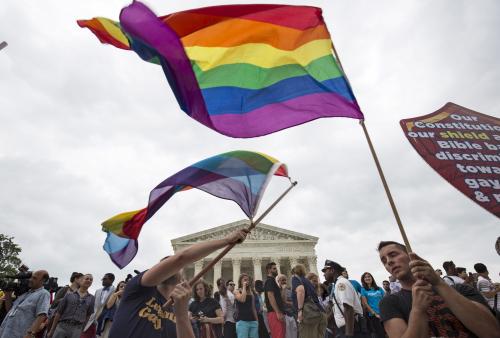INTRODUCTION
Anthony Laster was a fifteen-year-old with an IQ of less than 60. A few days after his mother died unexpectedly, Anthony tried to get one of his classmates to give him lunch money. When the boy refused, Anthony took $2 out of the boy’s pocket. The county prosecutor found this action to be a criminal offense and decided to prosecute Anthony as an adult even though he had never been arrested before. As a result of the prosecutor’s decision, Anthony spent seven weeks in jail, much of that time in an adult facility.
Except for his IQ in the retarded range, Anthony’s case is not unusual. On a typical day, 69,000 youths are detained in correctional facilities, many along with adult criminals. Another 26,000 youngsters are confined awaiting adjudication or pending placement in such facilities. The best estimate is that around 45 percent of these young people have committed status offenses (acts, such as alcohol consumption, that are legal for adults but illegal for underage youth), probation violations, misdemeanors, or low-level felonies. An equally striking fact about this system of arrests and prosecutions is that minorities, especially blacks, are disproportionately overrepresented among these confined youths. The current system is thus worrisome for two reasons: it not only exposes adolescents to the dangers of placement in facilities with adult criminals but also seems on its face to be stacked against ethnic minorities.
In this policy brief, we draw on articles in a recently released volume of The Future of Children devoted to juvenile justice to examine the problem of youth confinement in correctional facilities, including adult jails and prisons. We pay special attention to why harsh punishment of adolescents is not only often unjust but also counterproductive. Based on our review of the research evidence presented in the Future of Children volume, we make recommendations for reducing youth placements in adult facilities and other forms of harsh punishment in favor of more appropriate and cost-effective responses to youth crime.




